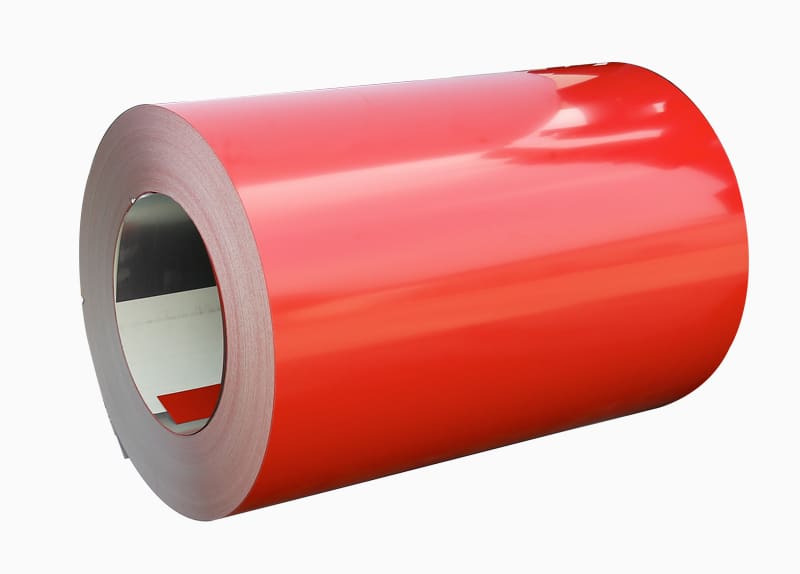Summary: Corrugated steel sheets offer several advantages over traditional flat steel sheets in roofing and cladding applications...
Corrugated steel sheets offer several advantages over traditional flat steel sheets in roofing and cladding applications. These advantages stem from the unique characteristics of corrugated profiles and their ability to enhance performance in various aspects. Here are some key advantages of using corrugated steel sheets:
Strength and Durability:
Advantage: Corrugated steel sheets are structurally reinforced through the corrugation process, providing increased strength and durability. This makes them more resilient to external forces, such as wind, snow, and impact, compared to flat steel sheets.
Load-Bearing Capacity:
Advantage: The corrugation process enhances the load-bearing capacity of steel sheets by distributing loads more efficiently. This makes corrugated sheets well-suited for roofing applications where they need to support the weight of snow or other environmental loads.
Lightweight Design:
Advantage: Despite their increased strength, corrugated steel sheets are often lighter than equivalent flat sheets. This lightweight design simplifies transportation, handling, and installation, leading to cost savings and improved efficiency.
Rigidity and Structural Stability:
Advantage: The corrugated profile adds rigidity to the steel sheets, enhancing their structural stability. This is beneficial in roofing and cladding applications where maintaining the shape of the material is essential for overall performance.
Water Drainage:
Advantage: The corrugated pattern allows for effective water drainage. Rainwater and snowmelt are directed away from the roof or cladding surface, reducing the risk of water pooling and minimizing the potential for leaks.
Quick Installation:
Advantage:
Corrugated steel sheets are relatively easy and quick to install compared to flat sheets. The corrugated design allows for overlapping and interlocking during installation, contributing to efficiency and reducing labor costs.
Versatility in Design:
Advantage: Corrugated steel sheets offer versatility in design. The distinctive profile adds texture and visual interest to roofs and walls, making them suitable for various architectural styles and applications.
Economical Material Usage:
Advantage: The corrugation process optimizes material usage by strategically placing structural reinforcements where they are most needed. This results in an economical use of steel while maintaining or improving overall performance.
Weather Resistance:
Advantage: Corrugated steel sheets, especially when coated with weather-resistant materials, exhibit excellent resistance to weathering, UV radiation, and corrosion. This makes them suitable for long-term exposure to diverse environmental conditions.
Aesthetic Appeal:
Advantage: Corrugated steel sheets can enhance the aesthetic appeal of buildings. The distinctive profile offers a modern and industrial look, and a variety of coatings and finishes are available for architectural customization.
Thermal Efficiency:
Advantage: The air gaps created by the corrugated profile can contribute to thermal insulation. This feature can be advantageous in both roofing and cladding applications, helping regulate interior temperatures.
Cost-Effectiveness:
Advantage: Corrugated steel sheets are often more cost-effective than traditional flat sheets. Their lightweight design, quick installation, and durability contribute to overall cost savings in material, labor, and maintenance.





